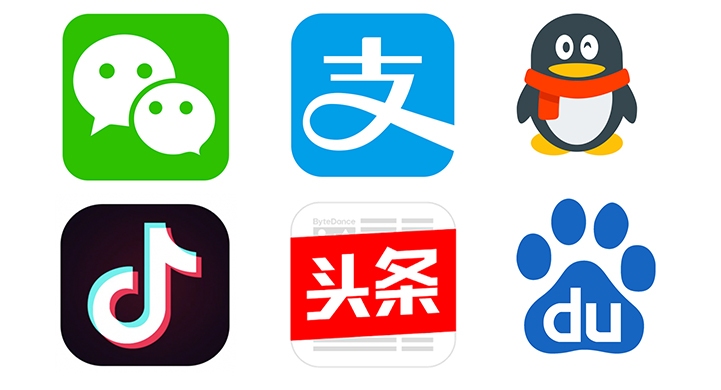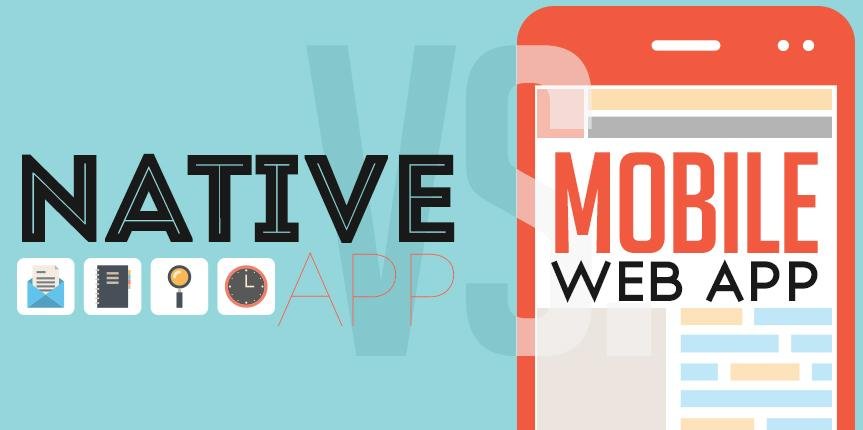While native apps are popular with consumers, they’re quite impractical for most businesses. Emerging trends shows that Compared Native App and Web App DevelopmentYou find yourself standing in from of a roadsign with "Web ap" and "Native app" on it, here are the upsides and downsides of either way.designing web apps is more attractive than native apps for developers and businesses involved in developing apps, and here are the top reasons:
1. Easier to build
If you really want everyone in your audience to have access to your app, the first thing to do is to create mobile apps that can reach all major smartphone and tablet platforms. But chances are not everyone in your audiences are using iPhones or Android phones.
China smartphone users data
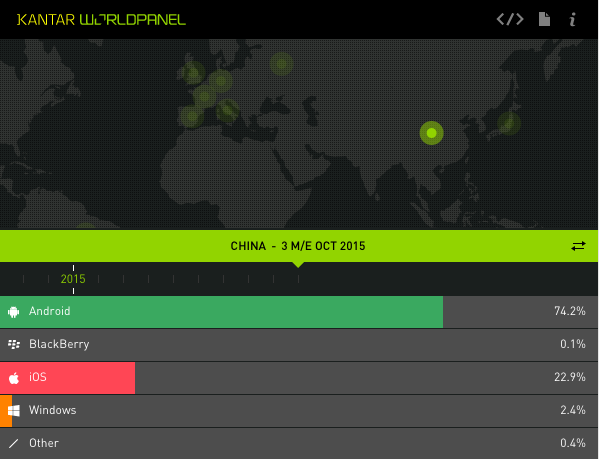
Suppose the native approach requires separate apps for each platform (Android, iOS, Blackberry, and Windows) and device (phone/tablet), meaning you must build 4 separate smartphone apps and 4 separate tablet apps. That’s 8 total apps in total, which means 8 times money and time.
Web app can rescue you from that. Reaching all major smartphone and tablet platforms with mobile web apps is far simpler: Since mobile web apps are platform independent, you’ll only need to create one app for smartphones and one app for tablets. That means you’re creating 2 mobile web apps instead of 8 native apps.
2. More approachable to users
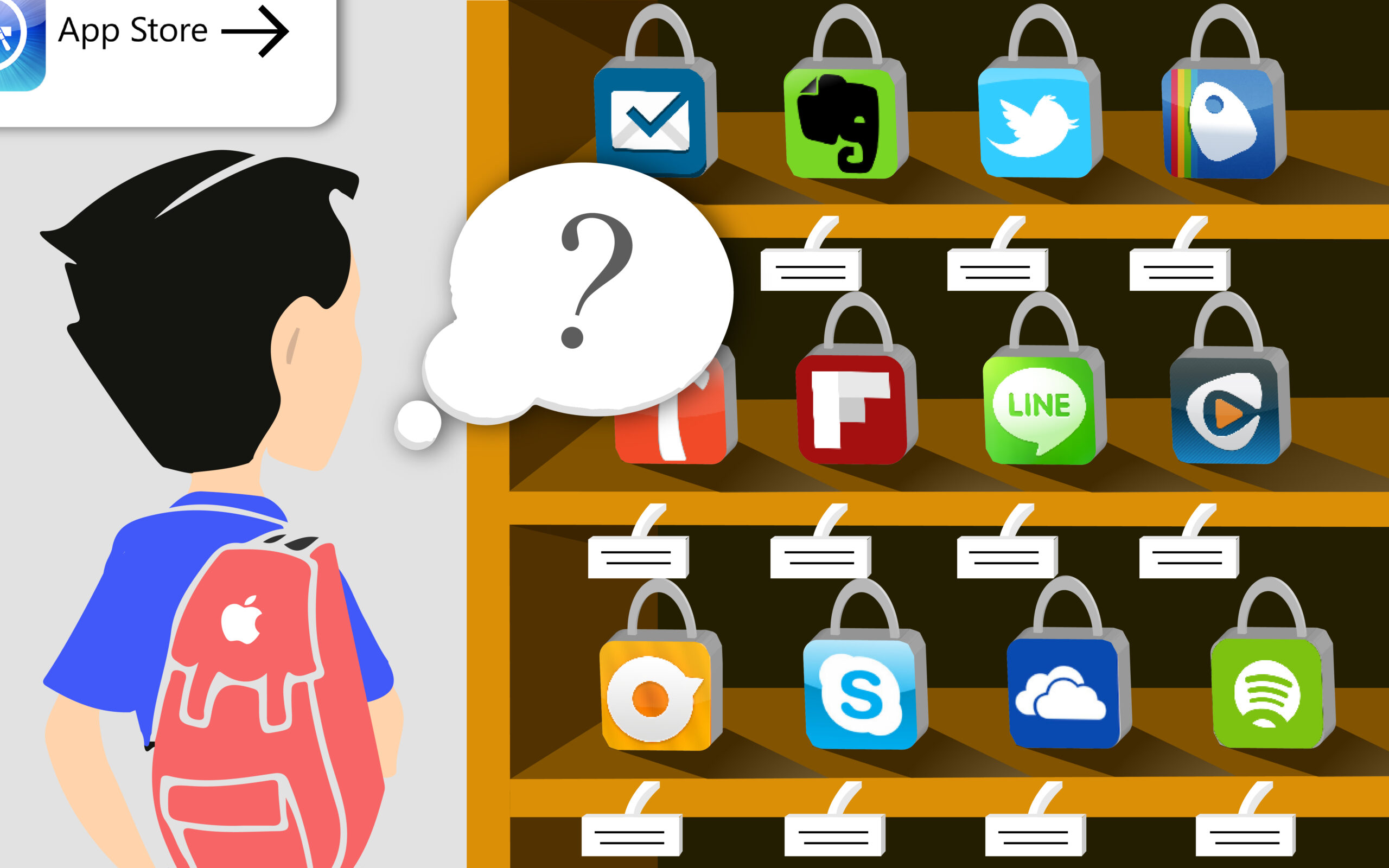
Let’s say you finally developed 8 native apps throughout 4 different major smartphone platforms. Is that end of the story? Not really, because you really need to keep your finger crossed that customers will actually install them. Research shows that phone users mostly download a phone app because they will use it very frequently, and they tend to delete it once they found out that they don’t use it much. So how can you be so sure that your new app will be a daily used app for your target users?
A Compared Native App and Web App DevelopmentYou find yourself standing in from of a roadsign with "Web ap" and "Native app" on it, here are the upsides and downsides of either way.Web-based front end minimizes installation issues. Users need only a browser. The database doesn't care whether the user is sending requests via a Windows PC, a Mac, or a machine running Linux. So web app will not be a burden to users’ phone storage, and they will approach to you whenever they are accessible to Internet.
3. Cheaper to develop

Most mobile platforms use a different programming language. Apple uses Objective-C. Android and Blackberry use Java. Windows Phone uses C#. In other words, creating native mobile apps that reach all major smartphone and tablet platforms requires that you hire multiple developers. Building mobile web apps only requires one web developer.
4. Cheaper and easier to maintain

Following the previous two points, if there is a bug in your app, fixing it in different platforms could cost you huge amount of time. On the flip side, the mobile web app approach leaves you with just two apps to maintain: One for smartphones and one for tablets.
Instead of having to patch each and every individual user, the patches/upgrades are applied to the server and each user received the updated version the next time they log in. Plus, browser based software never requires installation processes or hard drive space. It lives in a virtual cloud in the Internet and this means that whenever you launch it, it always has the latest version.
5. More users
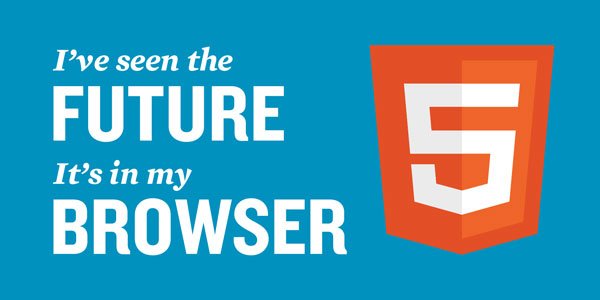
By their very nature, Web interfaces are unbound. To be more detailed, once a page is loaded, the interface is no longer connected to the database. But a bound Access front end maintains a connection to the source, and Jet limits you to 255 concurrent connections. Your Web application, unless you have 255 users hitting the database at the exact same moment (which would require approximately 30,000 users a minute at a transactions speed of .5 seconds) can have more concurrent users.



